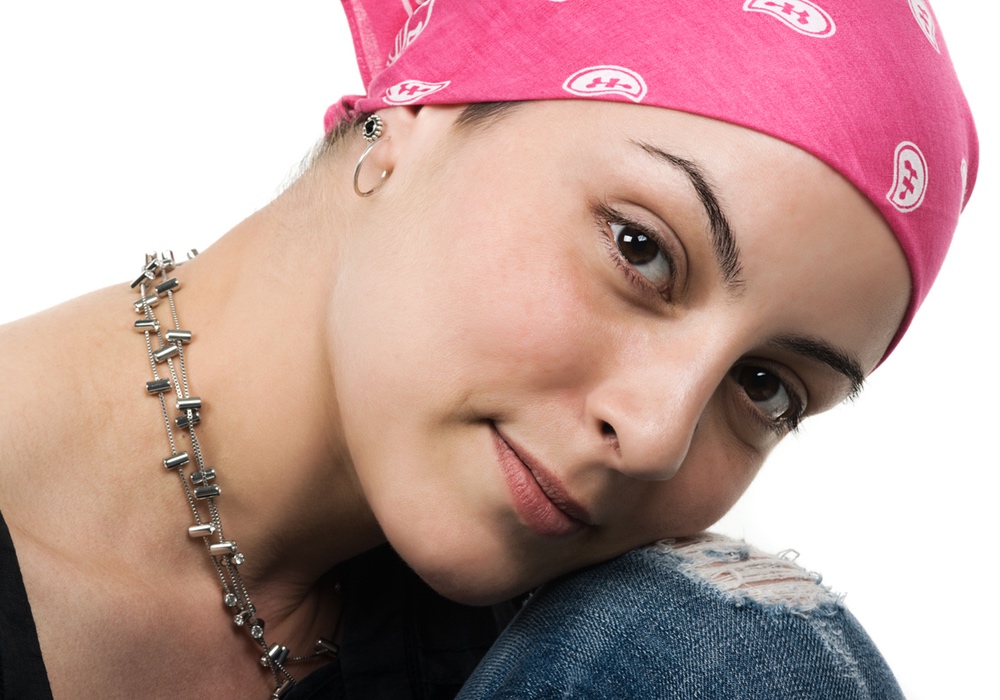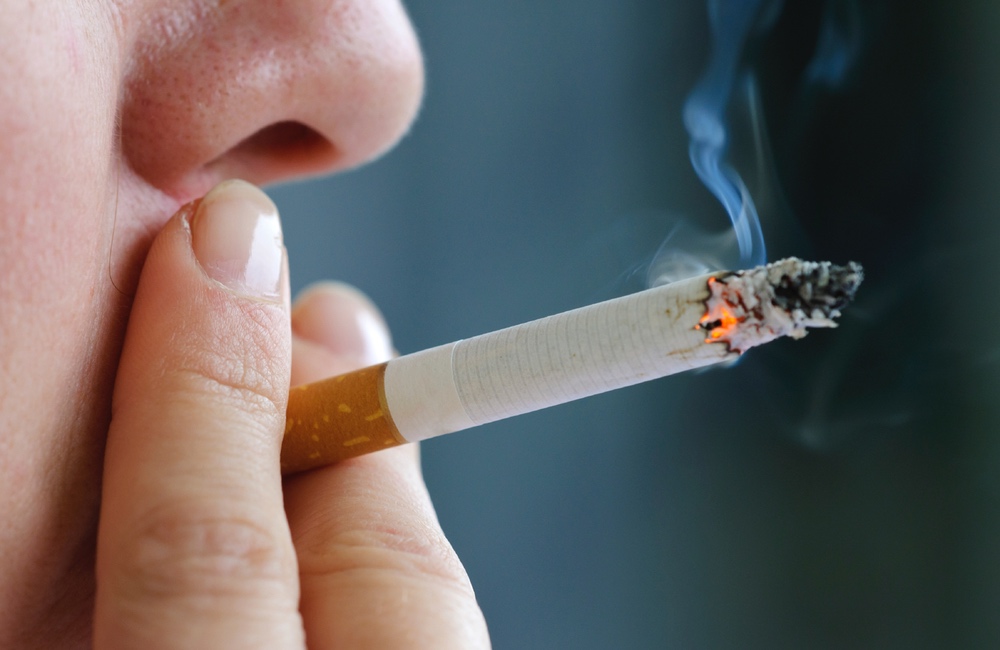Rates of screening for breast cancer have gone up and treatments have improved, but disparities in survival from breast cancer persist. The difference is particularly large in survival rates between socioeconomically advantaged and disadvantaged neighborhoods.
These differences in breast-cancer specific survival persist even after controlling for individual risk factors, tumor characteristics, stage at diagnosis and availability of treatment, University of Miami researchers found, leading them to suspect that “…biological mechanisms and social factors may contribute to neighborhood differences in breast cancer survival.”
To begin to find out what these factors might be, the team looked at data on more than 350,000 patients diagnosed with breast cancer between 2013 and 2018 who were in the National Cancer Institute's Surveillance, Epidemiology and End Results database. Data were analyzed between September 2022 and December 2023.Patients in the most disadvantaged neighborhoods had the highest rates of hard-to-treat triple-negative breast cancer and local and distant metastases compared to those in less disadvantaged neighborhoods.
About 12 percent of patients were Latinx, more than 11 percent were Black and nearly 67 percent of the patients were white. Of those white patients, more than 76 percent lived in the least disadvantaged neighborhoods.
Almost 31 percent of Black patients and almost 20 percent of Latinx patients lived in the most disadvantaged neighborhoods.
Patients in the most disadvantaged neighborhoods had the highest rates of hard-to-treat triple-negative breast cancer and local and distant metastases compared to those in less disadvantaged neighborhoods. The most disadvantaged neighborhoods also had the lowest percentage of patients to complete surgery and radiation and the highest percentage to receive chemotherapy.
Neighborhoods with higher socioeconomic status had a greater percentage of patients with localized cancer compared to more disadvantaged neighborhoods. Patients in these neighborhoods were also more likely to have a subtype of cancer that responds to hormone therapy and chemotherapy.
After adjusting for age, race and ethnicity, cancer stage and subtype, area population density, insurance and type of treatment (surgery, radiation and chemotherapy), the study found that those living in the most socioeconomically disadvantaged neighborhoods had the highest overall mortality risk compared to those in more advantaged neighborhoods.Black patients' risk of dying from breast cancer was 16 percent higher than that of white patients.
Even after controlling for individual factors, tumor characteristics and treatment, those living in the most disadvantaged neighborhoods still had a 43 percent higher risk of breast cancer-specific mortality than those in the least disadvantaged neighborhoods. Black patients' risk of dying from breast cancer was 16 percent higher than that of white patients.
The study is published in JAMA Network Open.





